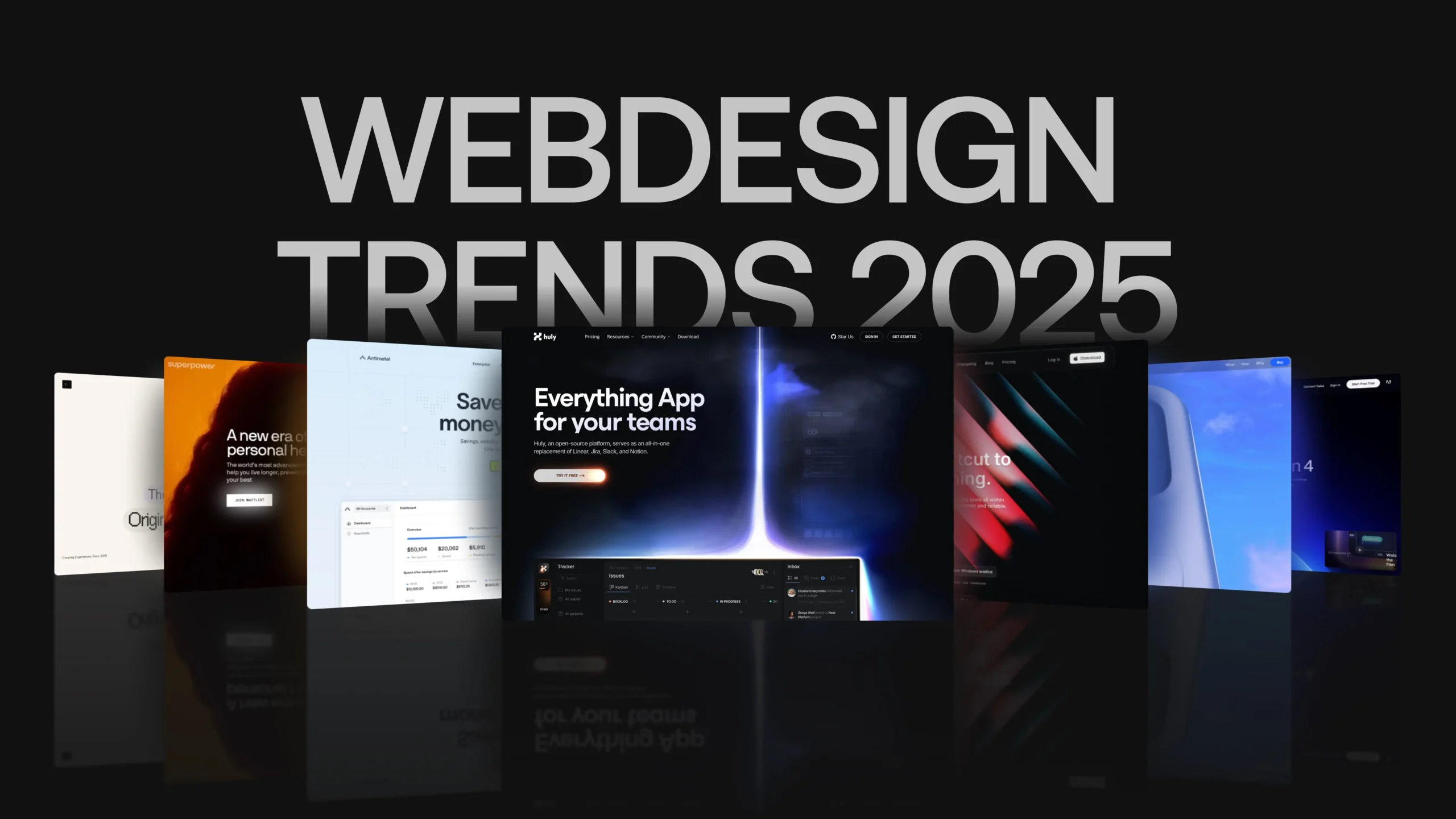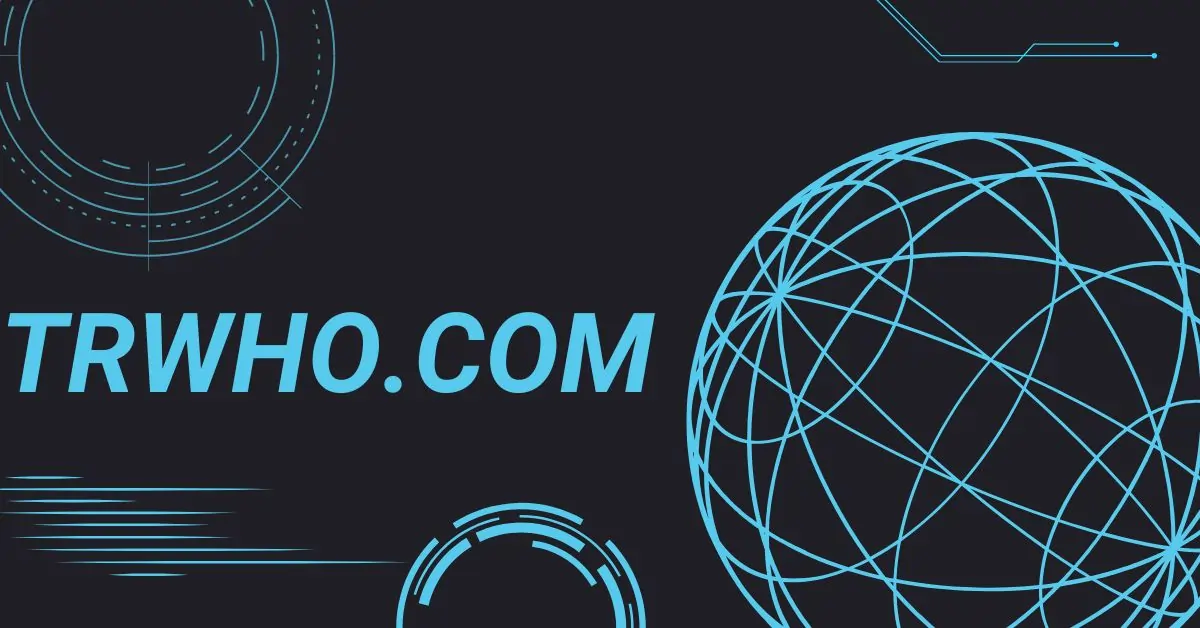Introduction
Website development is changing faster than ever. What worked two or three years ago might already be outdated. In today’s very competitive online world, businesses can’t afford to fall behind. It doesn’t matter if you run a startup, small business, or big company. Keeping up with the latest web development trends is crucial. It helps grow your business and enhances the user experience.
This article highlights essential tech trends in website development that all businesses should know. AI-based development, headless CMS, Python backends, and API-first design are shaping the internet. Your business needs to leverage these trends to avoid being left behind.
Artificial Intelligence and Chatbots: The New Way to Talk to Customers
AI is not just the future; it is here now. In web development, AI helps with:
-
Personalized user experiences
-
Data-based suggestions
-
Automated customer support through AI chatbots
-
Smart content creation
Businesses use AI tools on their Websites to connect better with customers and reply faster. AI chatbots use natural language processing (NLP) to answer questions all day, every day. This lowers customer support costs and increases satisfaction.
Trend to Watch: Chatbots using GPT-4 or specially trained language models are now common. You can find them on online stores, software, and healthcare websites.
Progressive Web Apps (PWAs): Fast, Reliable, Work Offline
A Progressive Web App is a mix between a website and a mobile app. PWAs work on any device with one codebase, and they:
-
Loads quickly, even with slow internet
-
Work without internet
-
Send push notifications
- Feel like native apps
Statista says mobile devices make up over 58% of website traffic worldwide. PWAs help businesses reach these users more effectively without incurring significant costs for building native apps.
Example: Twitter Lite, a PWA, increased tweets by 75% and used 70% less data.
Django and Python: The Strength Behind Large Web Applications
Python is a leading language in web development, especially for backend systems. Python frameworks like Django and Flask build large, scalable web apps worldwide. Python offers:
-
Fast development
-
Clean and easy-to-read code
-
Strong security features
-
Flexibility and growth options
If your business needs custom, data-based platforms, Python is the best choice for the backend. At InfoTechExpertX, we build high-quality Python web apps tailored to your needs to keep you ahead.
Voice Search Optimization: Designing for Voice Commands
Voice search is growing quickly thanks to Alexa, Google Assistant, and Siri. Many people now prefer to use their voice for browsing and searching. Optimizing your website for voice means:
-
Using natural language in content
-
Writing FAQs in a conversational way
-
Making the site faster and mobile-friendly
-
Using structured data (schema markup)
Google reports 2that 7% of people worldwide use voice search on mobile. Devices: If your site isn’t ready for voice, you’re missing a growing audience.
Headless CMS Architecture: Flexibility with Speed
Traditional CMS (like WordPress) connects content management with how the site looks. A headless CMS separates the backend (content storage) from the frontend (user display). This gives:
-
Faster loading times
-
Content that works across web, mobile, IoT, etc.
-
More freedom for developers using tools like React or Vue
-
Better security, Popular Headless CMS tools are Strapi, Sanity, Contentful, and Ghost.
A headless CMS is ideal for businesses that want to share content across multiple platforms easily.
Serverless Architecture: Pay Only for What You Use
Serverless doesn’t mean no servers; it means you don’t manage the servers yourself—the cloud provider does. Services like AWS Lambda, Google Cloud Functions, and Azure Functions let developers run code without worrying about infrastructure. Benefits include:
-
Lower costs
-
Scaling as needed
-
Faster launch time
-
Less maintenance
This is ideal for apps with fluctuating user traffic or real-time requirements.
API-First Development: Build Once, Use Everywhere
APIs connect different parts of the digital world. API-first design lets websites and apps act as strong backends, so mobile apps, desktop apps, and third-party tools can connect easily. Benefits:
-
Modular code
-
More flexibility
-
Better scalability
-
Faster integration:
This approach helps businesses add new features quickly without requiring major rebuilds.
Security by Design: Built to Protect
Cyber threats are bigger and more complex. Security should be part of development from the start. Important practices include:
HTTPS everywhere
-
Preventing SQL injection and XSS attacks
-
Role-based access controls (RBAC)
-
Encrypting data in storage and transit
-
Regular code checks and security tests
A secure website protects your data, your reputation, and maintains customer trust.
Motion UI and Small Interactions: Making Websites Fun and Easy
Modern websites do more than work—they engage users. Motion UI uses small animations and transitions to guide users and make the experience enjoyable. Examples:
-
Animated loading screens
-
Ripple effects on buttons
-
Swipe gestures
-
Hover effects
- Progress bars
These little interactions help users feel in control and can reduce the likelihood of people leaving the site quickly.
Green Hosting & Sustainable Web Development
Sustainability is now a competitive advantage. Businesses choose eco-friendly hosting and make sites use less energy. Strategies include:
-
Reducing HTTP requests
-
Compressing images and files
-
Using CDN caching
-
Switching to green hosts like GreenGeeks, A2 Hosting
Sustainable websites load faster and attract eco-conscious users.
Multi-Experience Development: Beyond Websites
Users no longer trust their browsers. They use smartwatches, AR/VR, voice assistants, and PWAs. Multi-experience development delivers the same great experience on all devices. For example, a customer looks at your site on their phone, gets a notification on their watch, and makes a purchase with voice—all powered by the same backend.
JAMstack: Modern Setup for Super Fast Websites
JAMstack means JavaScript, APIs, and Markup. It’s a new way to build websites that are:
-
Fast
-
Secure
- Scalable
JAMstack separates the frontend and backend. It preloads pages for a faster speed and improved SEO. It works well with headless CMS and serverless setups. Popular tools include Gatsby, Next.js, Netlify, and Vercel.
Web 3.0 and Decentralized Apps (dApps)
Web 3.0 is real and changing the internet. Based on blockchain tech, it focuses on:
-
Users controlling their data
-
Decentralized identities
-
Peer-to-peer interactions
- Smart contracts
New industries, such as finance, gaming, and supply chain, are building decentralized apps. Now is a good time to explore these options.
Accessibility-First Design: Build for Everyone
Inclusive design is a must now. Accessible websites follow laws like ADA and WCAG 2.1. Key points:
-
Works with screen readers
-
Easy keyboard use
-
Alt text for images
-
Good color contrast
- Clear fonts
Accessible design also improves SEO and user happiness.
Low-Code and No-Code Platforms
Low-code/no-code tools like Webflow, Bubble, and OutSystems enable businesses to build quickly without requiring many developers. They offer:
-
Quick prototypes
-
Drag-and-drop design
-
API integrations
- Scale with little coding
For complex apps needing custom code, expert developers are still best.
How to Stay Ahead in Website Development in 2025 and Beyond
Trends change, but adaptability endures. Successful businesses:
-
Use new technology
-
Optimize speed and user experience
-
Focus on growth and security
-
Work with forward-thinking developers
Read Also: Avtub Secrets: Master Tech & Business Like a Pro
Final Thoughts: Build Smarter, Not Just Faster
Your website is your brand’s online door. If it’s slow or outdated, visitors leave and don’t return. To succeed, invest in scalable web development.
At InfoTechExpertX, we help businesses build custom Python web apps using modern technology. We make websites that work well now and in the future.
Our expert developers can bring your ideas to life with AI, headless CMS, or a strong backend for your software platform.
FAQs on Latest Website Development Trends
Why is it important to follow new website development trends?
Because technology changes fast, using the latest trends helps your website work better, grow faster, and keep users happy.
What is AI in website development?
AI refers to the use of intelligent computer programs to enhance the user experience, such as chatbots that automatically answer customer questions.
What are Progressive Web Apps (PWAs)?
PWAs are websites that act like mobile apps. They load fast, work offline, and send notifications.
Why use Python and Django for web apps?
Python is easy to use, secure, and suitable for building websites that need to grow and handle a large number of users.
How does voice search optimization help websites?
It makes websites easy to find when people use voice commands through Alexa, Siri, or Google Assistant.
What is a headless CMS?
It’s a system where the content is managed separately from the website’s appearance, making the site faster and more flexible.
What does serverless architecture mean?
It means your code runs on cloud servers managed by providers, so you don’t have to handle servers yourself.
Why is API-first development significant?
It enables websites and apps to seamlessly integrate with other tools and platforms, resulting in faster and more flexible development.
How can I keep my website secure?
Use HTTPS, protect against common attacks, encrypt data, control access, and regularly check for vulnerabilities.
What are motion UI and microinteractions?
Small animations and effects on a website that make it more fun and easy to use.
What is green hosting?
Hosting your website on servers powered by renewable energy to reduce environmental impact.
What does multi-experience development mean?
Making sure users have a smooth and consistent experience on phones, watches, voice devices, and more.
What is JAMstack?
A modern way to build websites that are fast, secure, and easy to scale.
What is Web 3.0?
The new internet uses blockchain to give users more control over their data and online identity.
Why should websites be accessible?
So everyone, including people with disabilities, can use your site easily, and it also helps with search rankings.
What are low-code and no-code platforms?
Tools that let people build websites or apps quickly with little or no programming skills.




